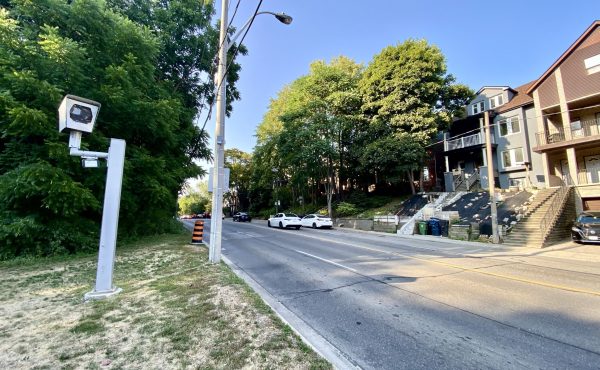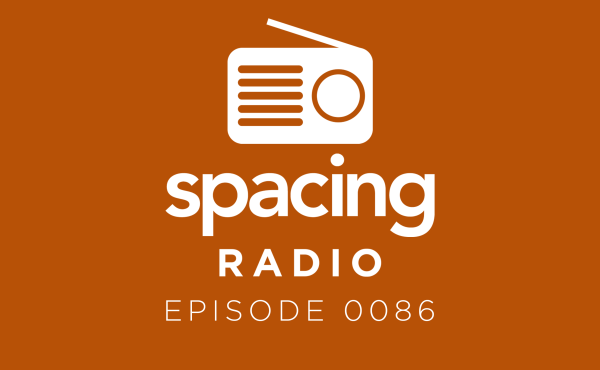After more than two decades tucked away as an idea simply not worth the cost, Highway 413 is finally kicking into gear as Premier Doug Ford’s Progressive Conservative government has awarded the first two construction contracts, signalling that work is underway.
Twenty years after Dalton McGuinty’s Liberals established the Greenbelt, the Highway 413 project represents a backlash that will drive urban sprawl and environmental destruction in an area that’s been protected from development since 2005.
Highway 413’s present design route runs from an exchange with Highway 400, in Vaugan, through Caledon and north Brampton, and finally across wetlands, farmland, waterways in Milton, where it re-connects with the 401. This corridor, which impacts 20 species at risk, would pave 2,000 acres of prime farmland, including 400 acres of the southernmost portions of the Greenbelt, according to Environmental Defence. In addition, the proposed design undermines the health of the headwaters of Etobicoke Creek, and the Credit and Humber rivers.
Aside from the ecological impact on the Greenbelt lands, a core issue with the construction of Highway 413 is the sprawl it will facilitate. Building out as opposed to intensifying places a burden not only on the environment, but on municipal budgets as well by expanding service networks, utilities, and emergency services outwards. Based in data from highways 407 and 410, Environmental Defence estimates that up to 60% of the farmland near the 413 corridor will be converted to residential and commercial land uses by 2050.
The wrinkle is that the province has provided so few details. The official Highway 413 website simply states that future planning will depend on funding opportunities and approvals. The same mystery extends to 413’s financing and economic benefits. The Ontario government states the project will contribute $1 billion to the province’s GDP and create thousands of jobs during construction.
The reality is that highways are massive money pits. Ontario’s current budget allocates over $800 million for provincial transportation infrastructure management and operations. That figure is a drop in the bucket compared to the promised $30 billion that the Ford government aims to spend on capital highway and road investments over the next decade; experts have estimated that the cost of the 413 will come in between $6 billion and $10 billion.
The uncertainty has raised concerns. “Investors don’t like uncertainty, and infrastructure is a big cost,” University of Toronto infrastructure expert Matti Siemiatycki told the Toronto Star “The projects are in the multi-billions and not having any announcement of how much they’re costing, that’s a huge risk about transparency.”
Projects that burden taxpayers with billions in debt cannot be opaque. If the Ford government wishes to spend billions on 413, it must commit to full transparency around the cost, the timeline and where the money will go.
The opacity is highly problematic, given public opposition to 413. A David Suzuki Foundation petition now counts 50,000 signatures. An EKOS survey found that 79% of those surveyed who rely on a car opposed the construction of Highway 413; of those, 74% agreed that public transit deserves greater investment.
In defiance of public opinion, Queen’s Park has honoured developer requests to alter the route, rejected expert opinion and ignored its duty to consult First Nations. The Tories’ Bill 5 suspended endangered species regulations in the corridor by creating “special economic zones.”
The government’s propensity to “not take `no’ for an answer “ is abundantly clear. Left unchecked, that playbook will wreak havoc on Ontario’s environment and foist future governments and Ontario residents with bracing costs.
Fortunately, the Ford government’s construction contract announcement is not yet a guarantee that the highway will be built. The contracts awarded recently enable the repaving of a portion of Highway 10 and the interchange connecting the 401 to the 407 in Mississauga.
Yet opposition remains fierce. Tim Gray, of Environmental Defence, emphasized Ford’s strategy of announcing two smaller contracts in relation to the project: “The highway is expensive and a real threat to a lot of ecological and financial values, so I’m glad that it’s not anywhere near to be starting. But I suppose he’d like everyone to think that it’s inevitable and to stop resisting.” Caledon councilor Doug Maskell adds that he has never been part of any of the consultations, and supported a unanimous resolution passed by Caledon Council opposing B-5.
Ultimately, the reality is that once contracts are awarded, the project is likely to be seen through. While NGOs and citizen groups are justified in their continued fight against it, the likelihood of Highway 413 being stopped is low.
The irony, of course, is that new highways induce more congestion, thus perpetuating the cycle of the region’s car dependency.
We do not need to keep investing in highways we know will only deliver compounding congestion and costs far into the future. Solutions such as the use of dedicated bus lanes which require only moderate enhancement to existing infrastructure, show considerable potential, as does the expansion of regional rail. The economic and ecological challenges posed by congestion exist worldwide and they are only solved with robust networks of public and active transportation, not highways, which only accelerate environmental destruction and financial ruin.
Twenty years following the passage of the Greenbelt Act, you’d think Ontario’s government would know better.




